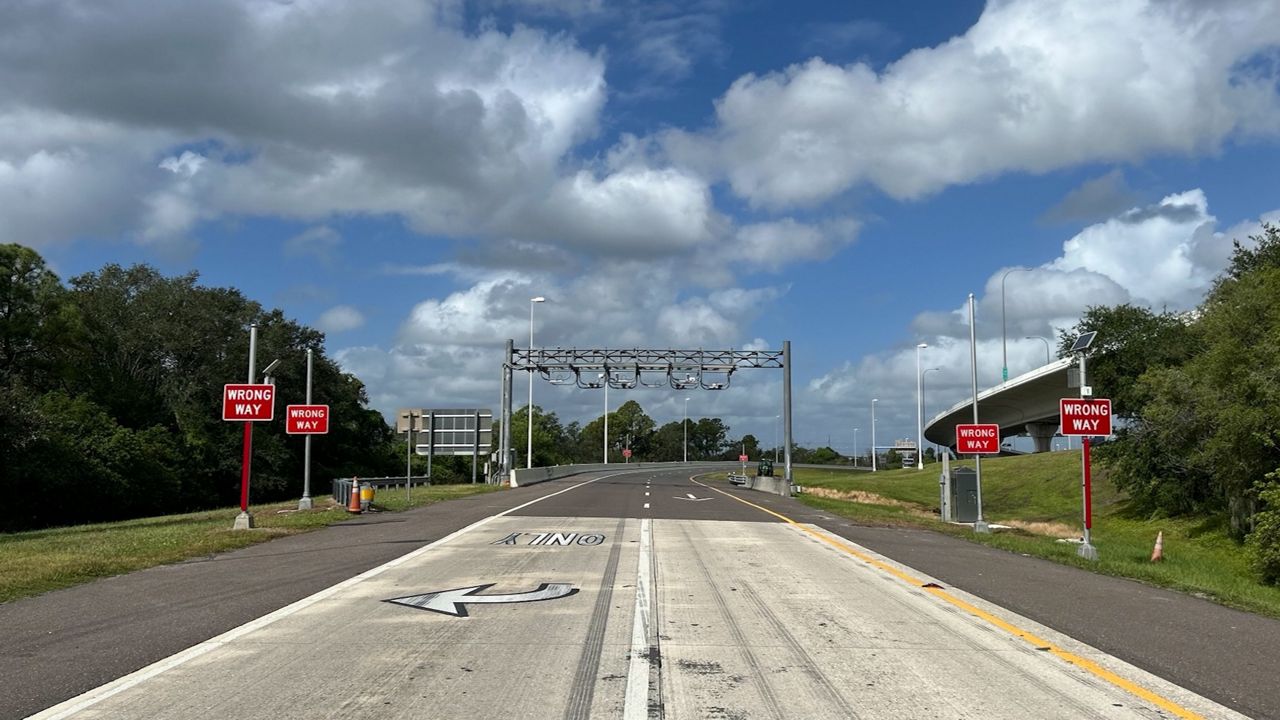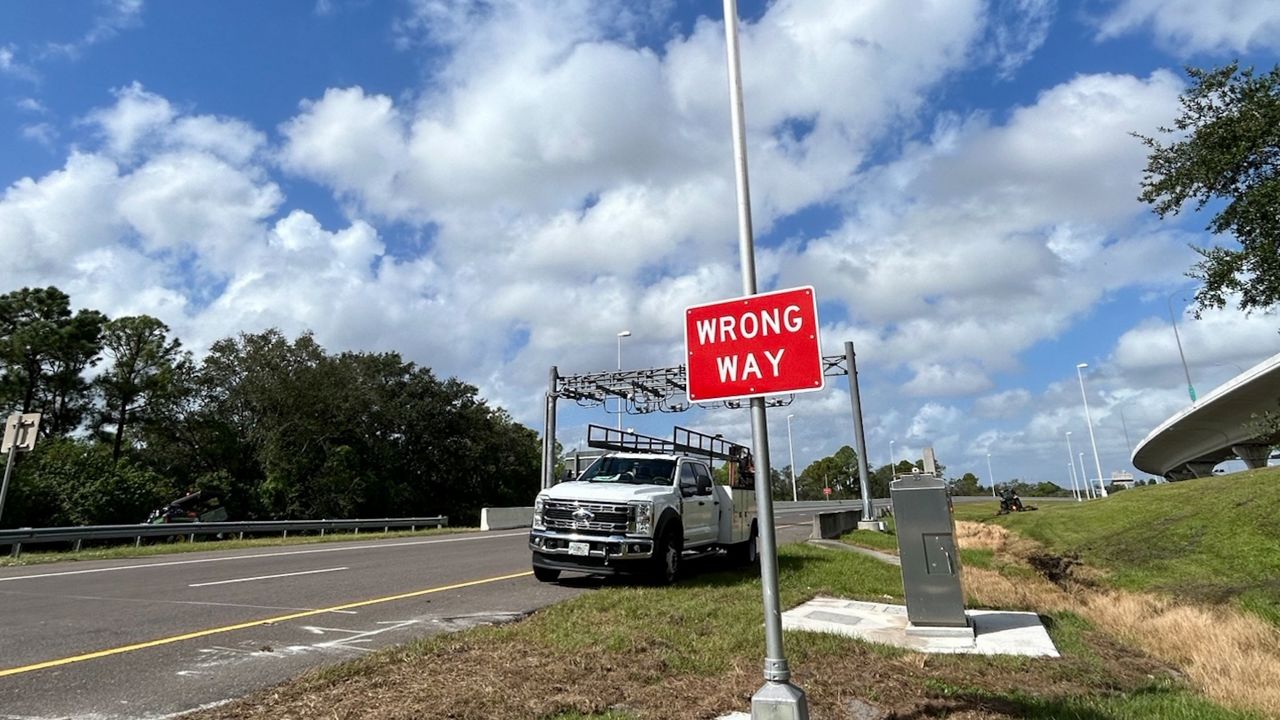TAMPA, Fla. — Drivers on the Selmon Expressway will soon see new signs and markings designed to stop wrong way drivers.
What You Need To Know
Crews are now installing new wrong way prevention technology on the Selmon Expressway in Tampa
There will be new pavement lighting, flashing beacons and fiber connections to help alert drivers
Wrong way driving is a particular concern on the Selmon Expressway because of the unique reversible express lanes
THEA’s board of directors also just approved a $362 million contract for the South Selmon Capacity Project, which will add one lane in each direction on more than 4 miles of the Selmon
Crews are now installing those new additions along the expressway.
“Overall in transportation, wrong way driving is critical. We want to make sure we’re preventing it,” said Judith Villegas, manager of the intelligent transportation system on the Selmon Expressway.
Villegas is leading the project to install new wrong way prevention technology.
Crews are now installing pavement lighting to alert drivers on ramps.
“Studies show that when drivers are going the wrong way, whether it’s intoxication or other issues, they are likely looking down,” Villegas said.
There will also be new signs with beacons that will flash if a driver is going the wrong way.
Crews are also adding updated fiber connections that traffic managers can use to alert other drivers.

Wrong way driving is a particular concern on the Selmon Expressway because of the unique reversible express lanes. (Tampa Hillsborough Expressway Authority)
“We’ll have different levels of detection. Trigger some lights. Get their attention first so that they can self-correct,” said Greg Slater, CEO of the Tampa Hillsborough Expressway Authority. “But then if they don’t self-correct, it can notify the traffic management center or the message boards. Notify the most amount of people we can so they can be safe.”
Wrong way driving is a particular concern on the Selmon Expressway because of the unique reversible express lanes.
“Those have additional access points that may be confusing to those who don’t use it too often. So we wanted to make sure we’re enhancing those systems as well,” Villegas said.
Villegas the project is about halfway done – and they hope to have everything activated by early next year.
THEA’s board of directors also just approved a $362 million contract for the South Selmon Capacity Project.
It will add one lane in each direction on more than 4 miles of the Selmon and will modernize 26 bridges on the span. Work on that is now set to begin next year.

